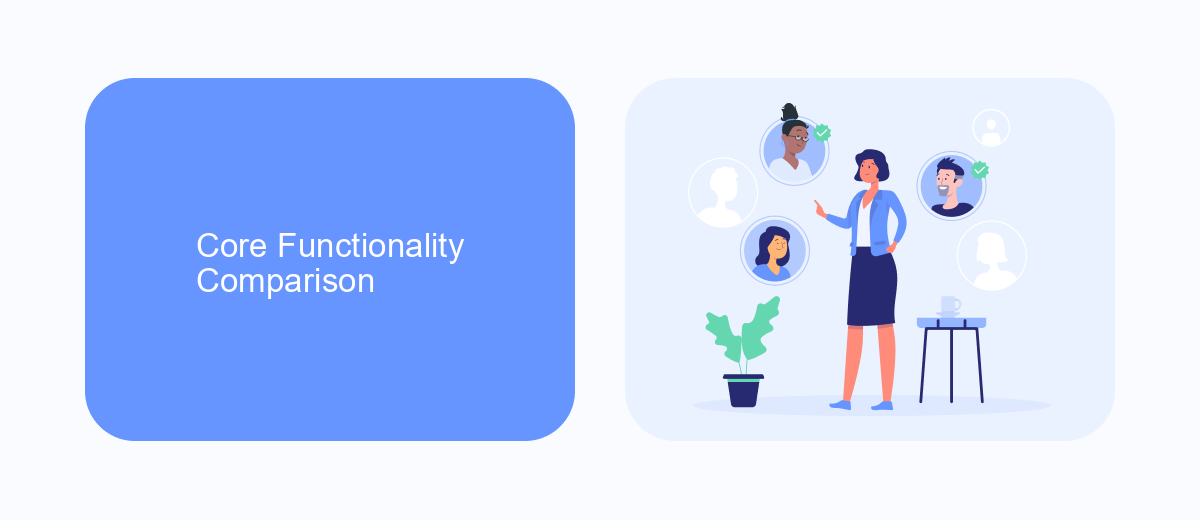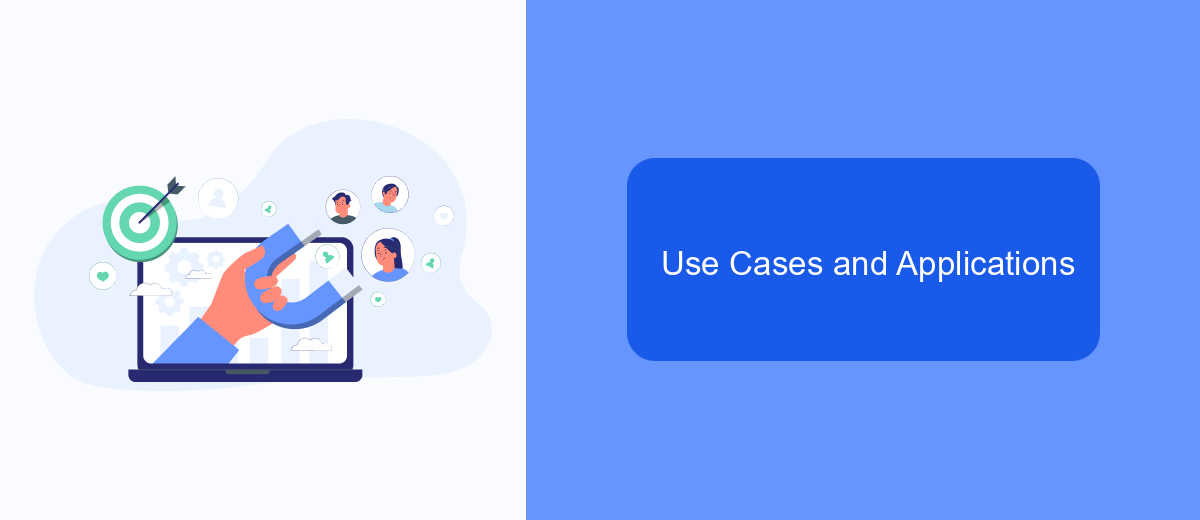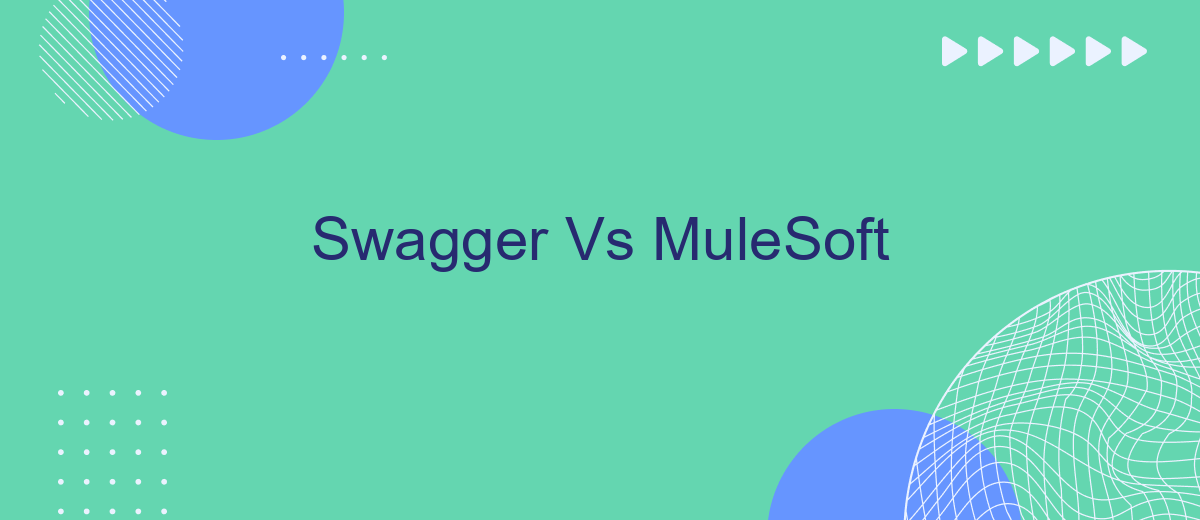In the rapidly evolving landscape of API management, choosing the right tools is crucial for seamless integration and efficient development. Swagger and MuleSoft are two prominent players in this domain, each offering unique features and benefits. This article delves into a comparative analysis of Swagger and MuleSoft, helping you make an informed decision based on your specific needs and project requirements.
Introduction
In the rapidly evolving landscape of API development and integration, tools like Swagger and MuleSoft have become indispensable. These platforms streamline the process of designing, building, and managing APIs, making it easier for businesses to connect various services and applications. Understanding the differences and unique features of each tool is crucial for selecting the right solution for your specific needs.
- Swagger: Known for its ease of use and open-source nature, Swagger is widely used for API documentation and design.
- MuleSoft: A more comprehensive integration platform, MuleSoft offers advanced features for connecting disparate systems and managing APIs.
- SaveMyLeads: A service that simplifies the automation of lead data integration, showing the practical application of these tools in real-world scenarios.
Both Swagger and MuleSoft offer unique advantages, making them suitable for different use cases. While Swagger excels in API documentation and simplicity, MuleSoft provides a robust solution for complex integrations. Services like SaveMyLeads further enhance the capabilities of these tools by automating and streamlining data integration processes, thereby improving efficiency and productivity.
Core Functionality Comparison

When comparing the core functionalities of Swagger and MuleSoft, it's essential to understand their primary purposes. Swagger is predominantly used for API design and documentation, offering tools like Swagger UI and Swagger Editor to create and visualize APIs easily. It provides a robust framework for defining RESTful APIs, generating client SDKs, and ensuring consistent API behavior. MuleSoft, on the other hand, is an integration platform that enables seamless connectivity across various applications, data sources, and devices. It provides a comprehensive suite of tools for API management, integration, and orchestration, making it a versatile choice for complex integration needs.
While Swagger excels in simplifying API development and ensuring clear documentation, MuleSoft's strength lies in its ability to connect disparate systems and automate workflows. For instance, services like SaveMyLeads can benefit from MuleSoft's integration capabilities to streamline lead data across multiple platforms, enhancing efficiency and data consistency. However, if the focus is strictly on API design and documentation, Swagger's specialized tools offer a more targeted and user-friendly approach. Ultimately, the choice between Swagger and MuleSoft depends on whether the primary need is API documentation or comprehensive integration solutions.
Integration Capabilities

When it comes to integration capabilities, both Swagger and MuleSoft offer robust features to connect various systems and applications. Swagger primarily focuses on API documentation and design, making it easier for developers to understand and implement APIs. MuleSoft, on the other hand, provides a comprehensive integration platform that supports a wide range of connectors and integration patterns.
- Swagger: Simplifies API documentation and design, allowing for easier integration and collaboration.
- MuleSoft: Offers a full-fledged integration platform with pre-built connectors, data transformation tools, and orchestration capabilities.
- SaveMyLeads: Facilitates seamless integration by automating the data transfer between various services and applications.
While Swagger excels in API management and documentation, MuleSoft provides a more extensive suite of tools for complex integrations. Additionally, services like SaveMyLeads can further streamline the integration process by automating data flows between different platforms, making it easier for businesses to maintain efficient and effective operations.
Use Cases and Applications

Swagger and MuleSoft serve distinct yet complementary roles in the API lifecycle, catering to different use cases and applications. Swagger is primarily used for designing, documenting, and testing APIs, making it an excellent choice for development teams focused on creating RESTful services. Its user-friendly interface and extensive toolset streamline the API development process, ensuring clear and concise documentation.
On the other hand, MuleSoft is a comprehensive integration platform that goes beyond API design. It offers robust tools for connecting various systems, applications, and data sources, making it ideal for enterprises looking to streamline their IT infrastructure. MuleSoft's Anypoint Platform facilitates seamless integration, enabling businesses to create a unified ecosystem.
- API Design and Documentation: Swagger
- Integration of Multiple Systems: MuleSoft
- Automated Data Synchronization: SaveMyLeads
- Testing and Debugging: Swagger
- Enterprise Service Bus (ESB): MuleSoft
While Swagger excels in API design and documentation, MuleSoft's strength lies in its ability to integrate disparate systems and data sources. For businesses requiring automated data synchronization, services like SaveMyLeads can further enhance their integration capabilities, providing a seamless and efficient workflow.
Conclusion
In conclusion, both Swagger and MuleSoft offer robust solutions for API management and integration, each with its own strengths. Swagger excels in API documentation and design, providing an intuitive interface for developers to create, visualize, and test APIs. Its open-source nature and wide adoption make it a go-to tool for many development teams. On the other hand, MuleSoft stands out with its comprehensive integration platform, which supports a variety of use cases beyond just API management, including data integration and microservices orchestration. Its enterprise-level features and scalability make it suitable for large organizations with complex integration needs.
Choosing between Swagger and MuleSoft ultimately depends on your specific requirements. If your focus is primarily on API documentation and you need a cost-effective solution, Swagger is likely the better choice. However, if you require a more extensive integration platform with advanced capabilities, MuleSoft may be more appropriate. Additionally, tools like SaveMyLeads can further simplify the integration process by automating data transfer between various applications, enhancing the efficiency of your workflows. By evaluating your needs and leveraging the right tools, you can ensure a seamless and effective API and integration strategy.
FAQ
What is Swagger?
What is MuleSoft?
How do Swagger and MuleSoft differ in terms of API documentation?
Can Swagger and MuleSoft be used together?
What are some alternatives for automating and setting up integrations?
Personalized responses to new clients from Facebook/Instagram. Receiving data on new orders in real time. Prompt delivery of information to all employees who are involved in lead processing. All this can be done automatically. With the SaveMyLeads service, you will be able to easily create integrations for Facebook Lead Ads and implement automation. Set up the integration once and let it do the chores every day.
